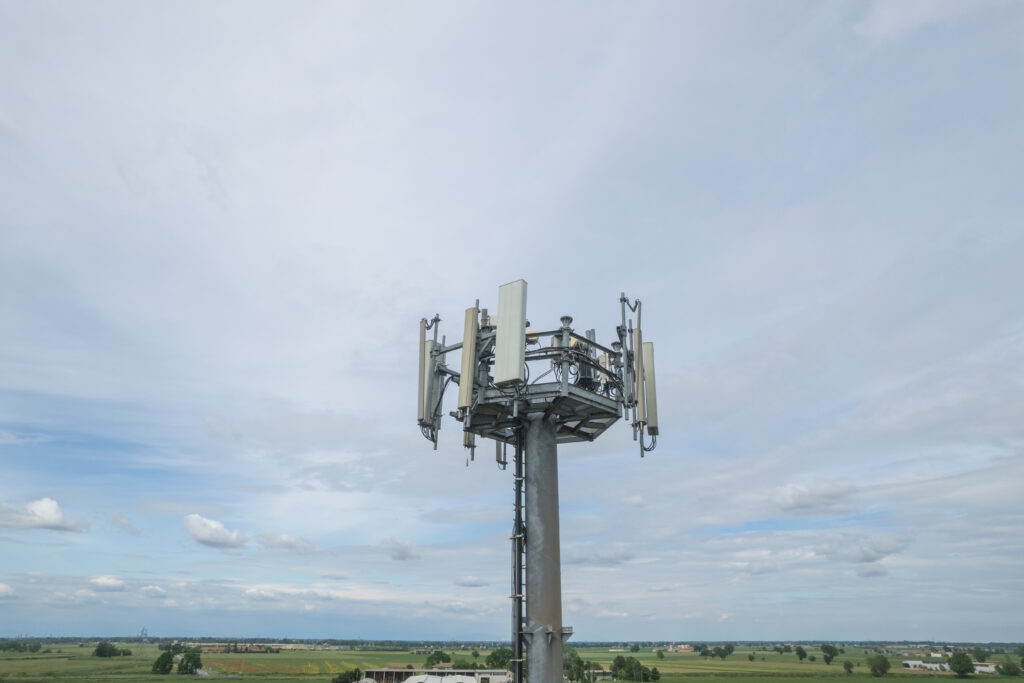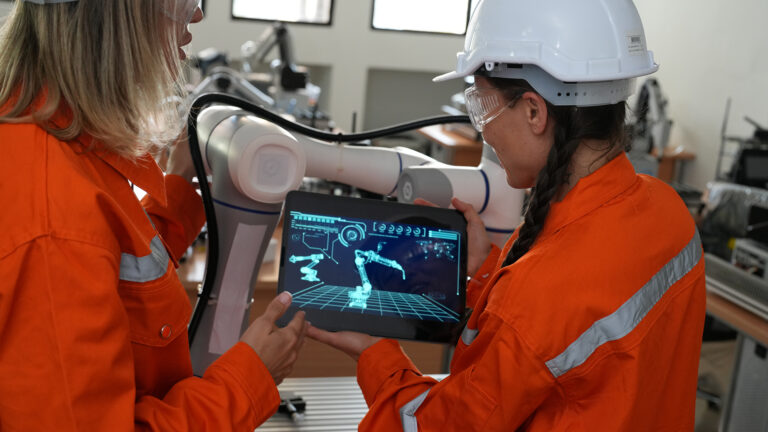5G cellular technology has been available in Uruguay for a couple of months. This deployment will allow users to access higher data upload and download speeds, while for telecommunications providers it means the possibility of offering low latency networks, greater connectivity capacity (more devices connected simultaneously) and more energy efficiency, preparing the infrastructure that will enable new applications, connectivity use cases and services.
Despite its benefits, questions have resurfaced about the link between 5G and people's health. What do we know about it?
What the scientific evidence says
The possible health effects of electromagnetic emissions have been a subject of study for decades. Before getting into the discussion, it is important to differentiate between non-ionizing radiation (radio waves, microwaves) and ionizing radiation (X-rays, for example). The latter have been shown to be harmful to health.
For the former, however, there is insufficient scientific evidence to affirm that they affect health.
There is a great deal of research from independent sources on this topic (e.g., the one compiled in this document from the World Health Organization). These studies were conducted over several decades, in different parts of the electromagnetic spectrum, in different populations, and none have shown that exposure to electromagnetic waves in the region of the spectrum operated by cellular technologies (2G,3G,4G,5G) is harmful to health.
As a precautionary principle, the International Commission on Non-Ionizing Radiation Protection (ICNIRP) has defined recommended emission limits.
A key point to understand
Cell phones have the ability to receive signals at very low power. In other words, it is not necessary to emit high power radiation to communicate.
Today, the potencies used are much lower than the limits considered safe (as a precautionary principle), according to the scientific studies carried out.
However, there are some tips for using cell phones responsibly, such as activating hands-free or connecting headphones to keep the device away from the body when we talk. And, in general, do not always have it on you; for example, leave it on a table when you are at home or in the office.

Is there a significant change for healthcare between 5G and previous technologies?
The level of radiated power decreases as we move away from the transmitter antenna. If we analyze cellular communications from the user's perspective, we can state that there will practically always be a higher incidence of radiation from the user's own cell phone than from the mobile operator's radio base.
On the other hand, many 5G deployments are in the same or similar frequencies as previous technologies such as 4G, 3G or 2G. In the case of Uruguay and much of Latin America, the massive deployments that are starting in 2023 are in the 3.5GHz band, which for these purposes do not have a great difference with respect to previous technologies that work in the 700-2600MHz range.
The novelty of 5G is that it also includes deployments at higher frequencies (millimeter wave or mmWave bands), always within the non-ionizing portion of the electromagnetic spectrum. These higher frequencies mean that, on the one hand, it attenuates faster with distance and, on the other hand, the depth of penetration of the electromagnetic wave on the human body is much lower.
In addition, it is expected that a greater number of antennas will be installed than with previous technologies. In the case of mmWave, it will probably be used in specific cases and with a very limited coverage, since the power of these radiobases will drop rapidly as we move away. Although it will be necessary to install more antennas, the radiation will be more limited. In general terms, it does not represent a significant difference in the levels of radiation in the air with respect to other frequencies already in use. In short, we can debunk the myth of "the more antennas, the more radiation".
Another point is that 5G was designed with a focus on the efficient use of power. In this sense, there are new functionalities that allow the cell phone to remain idle while the communication channel is not being used, something that already exists in 4G, but has been substantially improved in 5G. This implies less electromagnetic radiation for certain data traffic.
In short, there are no substantial differences with respect to previous technologies in the health aspect, except for the use of higher frequencies, which have been used for some time for other technologies and are still within the non-ionizing frequencies.
A technology that will force innovation
5G is already a market reality in Latin America and particularly in Uruguay. This 2023 is a very important year in which telcos launched their network commercially on a massive scale. It is important to be attentive to developments related to digital transformation and telecommunications. Keeping a close eye on the impact of technology in our society is fundamental.
What is certain is that 5G will transform economic and industrial activity in different verticals and will force telecommunications companies themselves to innovate. Time will tell if they manage to adapt to this change.
By:
Mauricio González, Product Line Manager of Telco Technologies at Isbel.
Mauricio is a Telecommunications Engineer from Universidad de la República. He has more than 10 years of experience in telecommunications in different roles of support, implementation, Project Management and Sales Engineering.



